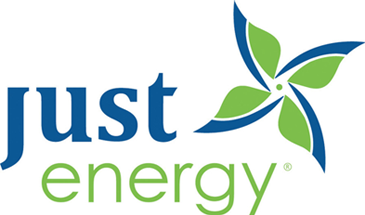Pressure Water Regulator (PWR):
It is a hot reactor, using enriched uranium oxide, coated with zircalloy as fuel. A PWR has a fuel assembly of 200-300 rods each, arranged horizontally in the core, and a large reactor will have around 150-250 fuel rods containing 80-100 tons of uranium. Steel is used for pressure work. Pressurized water is used both as a heat transfer fluid and as a moderator. It is surrounded by pressure vessels and water heaters. In this reactor, Frontier Utilities Rates high boiling water is prevented because the water is pressurized to about 150 atmospheres. The hot water from the reactor flows to a reheater (or generator) where its heat is transferred to the feed water to produce steam. The second air conditioner works at low pressure. The main coolant then comes from the heat exchanger and the main circulation pump which delivers it to the reactor. The vapor is combined in the condenser and the condensate returns to the heater making a closed circuit. The main circuit of a pressurized water regulator (PWR) consists of a “pressurizer”.

It’s just a pressure vessel with an electric coil on the bottom and a water vaporizer on top. The surface of the ship is filled with steam and the pressure of the first circuit. When the pressure in the main circuit is reduced, the boiler is heated and steam is produced from the water, which makes the water in the vessel and – increase. This causes an increase in pressure in the first circuit. If the main circuit steam pressure is too high, cold water is injected into the steam pressurizer. The steam is heated and therefore the pressure of the main circuit is reduced. The steam produced is inert, with a temperature of about 250 °C and a pressure of 42 kg/cm2.
Advantages of pressurized water reactor:
(i) Compact,
(ii) Plutonium can be produced,
(iii) Separation of radioactive material from the main steam system;
(iv) Cheap hot water can be used as a coolant and conditioner,
(v) high energy density, and
(vi) The reactor reacts to provide more power as the load increases. A good amount of power inrush makes this almost automatic.
However, it contains the following disadvantages and problems:
(i) Use of a high-pressure water system. Therefore, a stronger pressure vessel is required, resulting in higher costs. (ii) Steam formation at low temperature (250°C).
(iii) Use of expensive coatings for corrosion protection. (iv) High heat exchanger losses.
(v) High energy consumption with help. (vi) Compared to other types, requirements for safety devices are clearly defined.
(vii) Fuel cannot be refueled during operation and the reactor will be shut down for several months. Also, there are difficulties in the design and production of oil producers.
(viii) The thermodynamic efficiency of this installation is low (about 20%) due to the low pressure in the secondary circuit. The reactors installed at Rajasthan Nuclear Power Plant, Madras Nuclear Power Plant, and Narora Atomic Power Project are water-recycled types. However, they use heavy water as a heating element in the organizer. These reactors are known as heavy water reactors (PHWR).
The type of coolant used in PWR:
The pressurized water reactor (PWR) also uses ordinary or light water as both the coolant and the regulator. However, in the PWR system, the cooling water is kept clean. A PWR differs in another respect from a boiling water reactor; the first water did not sail steamships.
